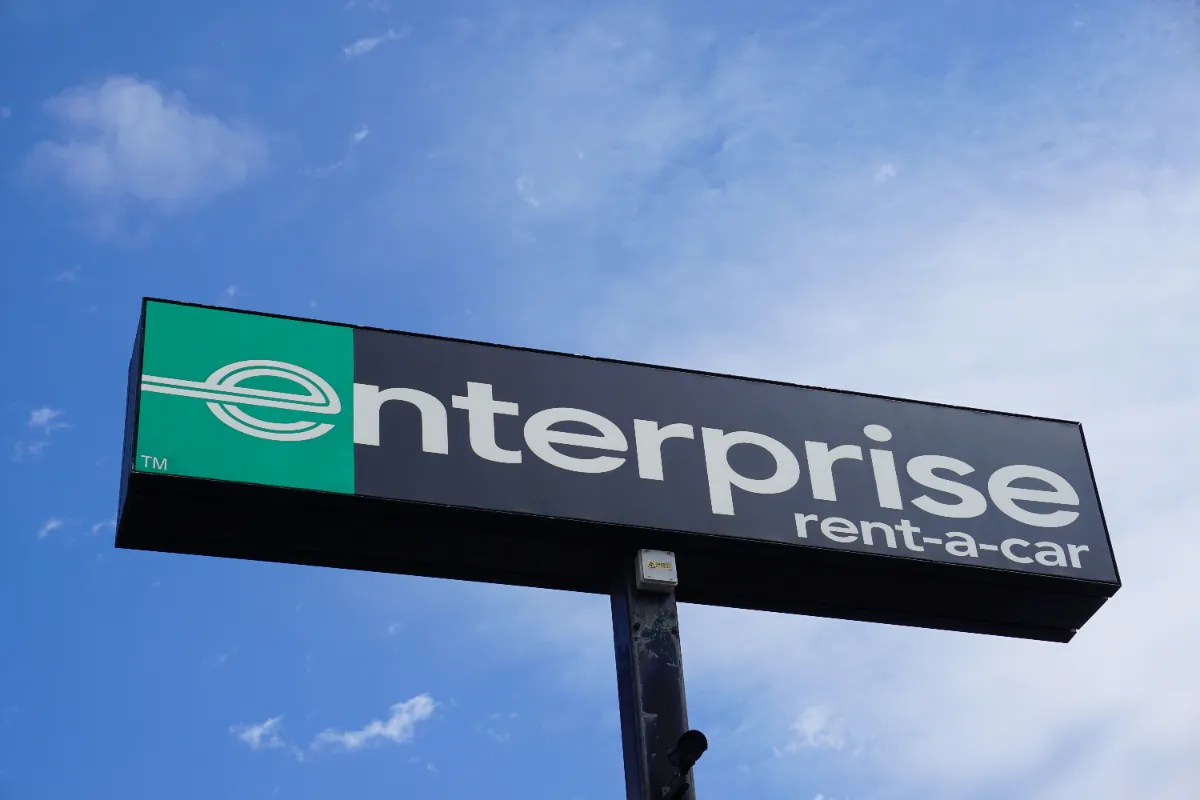Renting a car can feel like a mountain to climb for drivers under 25. This age group often runs into problems that make the process tricky and can really stretch the budget. Rental companies’ policies tend to add extra headaches and costs, which only adds to the frustration.
Getting to know the rental scene for young drivers
For anyone under 25, renting a car can be pretty complicated. Lots of rental companies are wary of handing keys to younger renters because they see it as a risk—but they do make exceptions, usually at a higher price. Most rental car companies tack on extra fees for young drivers to cover possible mishaps. These fees are meant to protect the company in case something goes wrong, like damage or an accident.
Young drivers have to juggle these extra costs while trying to figure out the best deal for their rental. These added fees can really bump up the total cost, so it pays to shop around and think things through.
Extra protection and the cash-side of things
When you rent a car, you usually get the option to add on extra protection plans. These plans cover issues like natural disasters and severe weather (helping you avoid a nasty surprise during a bad storm). That extra safety net usually costs around $40-50 per day.
While this protection can save you from a massive repair bill if something unexpected happens, not everyone is willing to pay for it. Renters need to look at their budget and decide if that extra coverage fits their financial picture.
Faith’s experience: a real eye-opener
Faith’s story is a solid warning for young renters. She rented a car from Enterprise for a graduation ceremony trip to Oklahoma and shared her ordeal on TikTok, where her story got over 885,600 views. On top of the standard rental rate, she was hit with a hefty “young renters fee” of $340 for just three days.
At Enterprise, the “young renters fee” kicks off at $25 per day and can vary by location and demand. Despite these extra charges, Faith skipped the additional protection because it was expensive. That decision cost her big time when an unexpected hailstorm damaged the car.
When she brought the car back, she was hit with a $1,000 deductible, and then Enterprise sent her an invoice of $10,000 for the storm damage.
Enterprise’s take on who pays
Enterprise responded by saying they take customer concerns seriously and always look into issues. They reminded everyone that renters are on the hook for any damage that happens during the rental period, no matter what triggered it. An Enterprise rep pointed out that many people mistakenly think they won’t be charged if they didn’t directly cause or see the damage—this is a common mix-up with rental contracts.
To help avoid these kinds of bills, Enterprise also offers optional coverage products that can clear renters of liability if something unexpected happens.
Tips to steer clear of expensive damages
To avoid situations like Faith’s, it’s a smart move to consider picking up extra protection when renting a car. If you decide to skip it, check your auto insurance first to see if it covers rental vehicles.
Some credit cards even throw in auto rental insurance as a perk. Cards like Chase Sapphire, Capital One Venture X, and American Express include this benefit, which could save you a bundle if things go sideways.
Social media chatter, especially on TikTok, shows that many people suggest using your personal auto insurance or the coverage from your credit card as a backup plan.
These insights encourage young drivers to take a careful and informed approach when renting a vehicle. By understanding what they’re getting into and exploring all the options available, they can make choices that protect both their wallet and their sense of ease while on the road.









